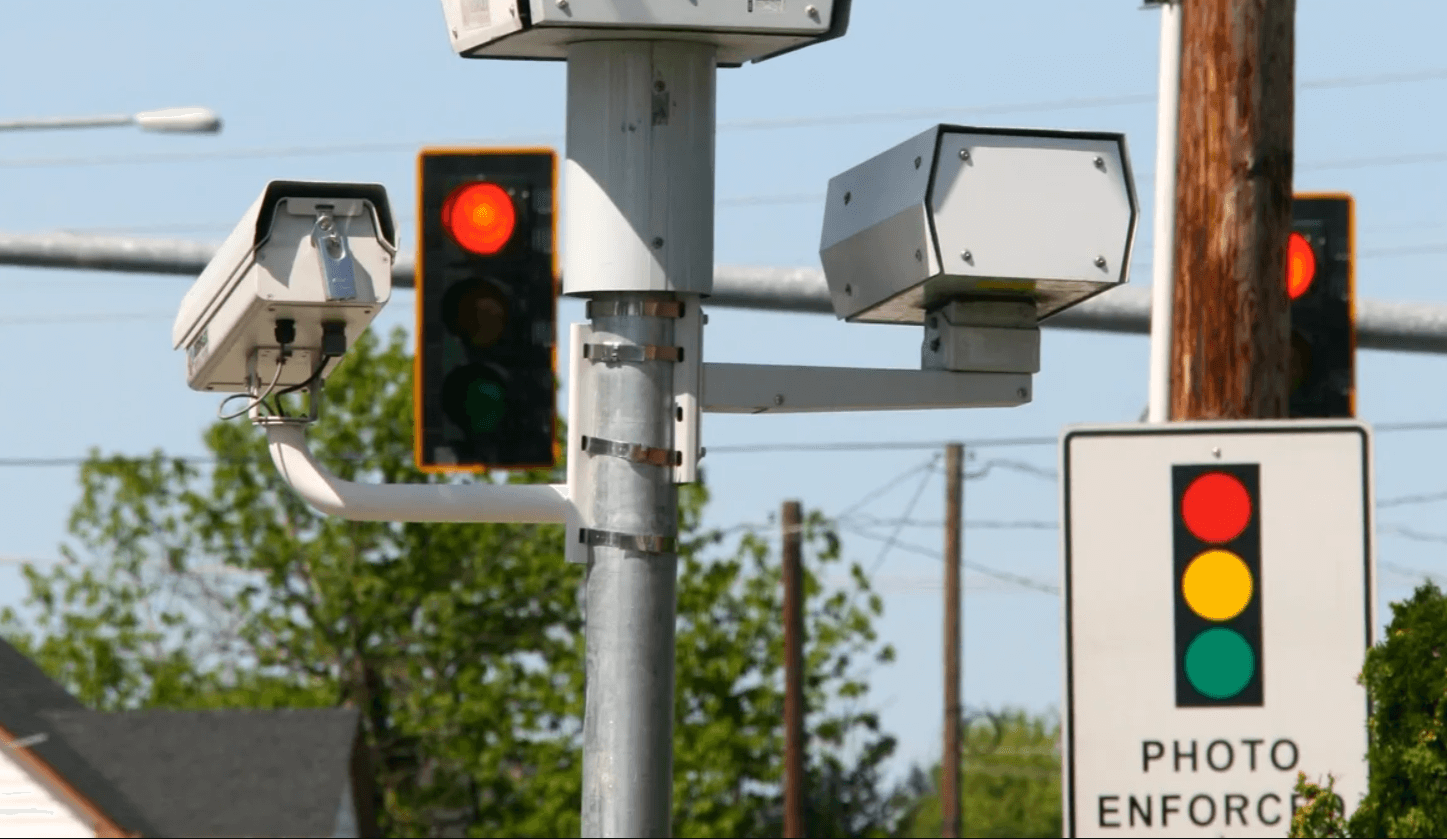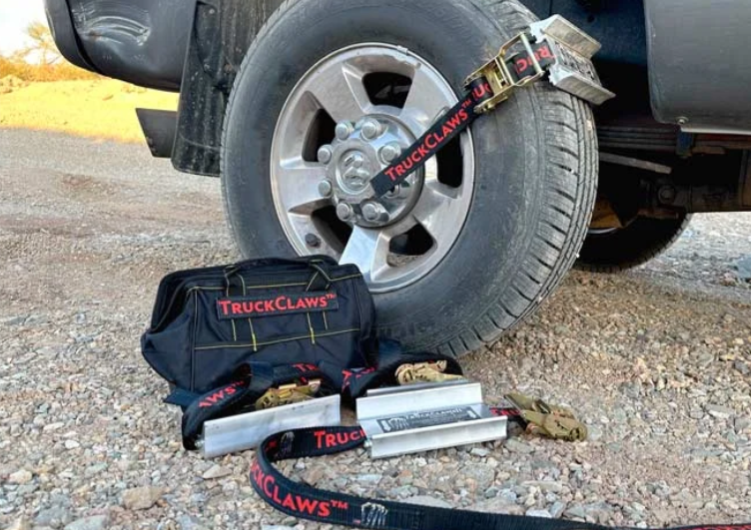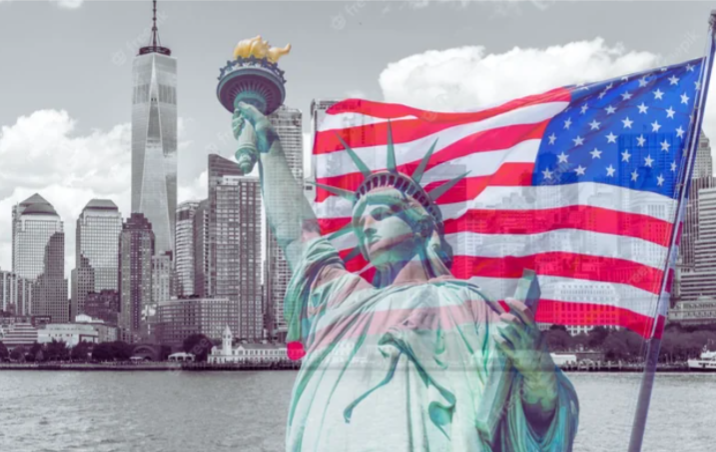(ThyBlackMan.com) Imagine the shock I got when I opened my mail not long ago and found a moving violation traffic citation. What? Huh? It had been more than twenty years since I was cited by a CHP officer for a moving violation. What was this?

The “this” was yet another of the infamous and controversial red light camera enforcement tickets. It was not a small matter. A conviction would cost nearly five hundred dollars. It could appreciably raise my already escalating car insurance rates. It could compel taking a written test and possibly even a driving test to renew my license.
When and where did this happen, I asked? But it was where that really stirred my curiosity. It was at a red-light camera installation at 52nd and Crenshaw Blvd. in L.A. I say L.A. because I knew the city had ended the use of red-light traffic enforcement cameras years earlier.
But not at this intersection. Checking further, this wasn’t the only spot in the area with these cameras. Two more cameras were positioned just blocks apart on Crenshaw from this light. The lights were next to the Metro Rail line. I checked other areas that fronted the Metro Rail Line outside of the South L.A. area. There were no such cameras. The explanation I got from the L.A. County Sheriff’s Dept. was that the cameras were at these locations because cars were running the tracks in front of the train and there had been accidents. In other words, the cameras were there to forestall accidents and presumably save lives.
The problem with that is that it would take a huge stretch not to believe that throughout the miles of Metro Rail transit not in South L.A. other motorists were also running through the tracks and endangering their lives. Yet there were no cameras at any other location other than at these South L.A. locations. There was no surprise then that almost all those cited, fined, and required to appear in court were either Black or Hispanic.
The two days I was in court that’s exactly who was there and appeared before the judge. This was a new wrinkle to the driving while Black or Brown classic example of racial profiling. Now it was a case of being photo’d driving while Black or Brown being added to the lengthy category of examples of racial profiling.
This was not speculation hyperbole, or more empty racial carping. In May 2023, the Connecticut NAACP opposed a bill in that state’s legislature that would place red lights and speeding cameras in high-risk areas like schools and pedestrian safety zones. The bill was pegged as a safety measure to reduce red light infringement accidents.
The NAACP argued that the red-light cameras “disproportionately affected minority communities, leading to a potential increase in traffic stops, citations and fines.” The organization went further and flatly expressed the fear that the cameras would indeed be placed in mostly Black and Brown neighborhoods.”
As a compromise, the legislature mandated that the State Department of Transportation review plans for any camera installation to assure that minority communities would not be targeted with the cameras.
Unfortunately, they are. Other studies bare out the NAACP’s fear about the danger of red-light camera enforcement and racial profiling. The most comprehensive of these studies was conducted and widely publicized several years earlier. The study examined red light camera enforcement in Chicago. The findings were published in Police Quarterly. The study specifically wanted to test the widely held public assumption and belief that cameras are race neutral and could not possibly be used to racially profile.
The study found that the cameras were anything but race neutral. Though race had nothing to-do with who was likely to run red lights, African American and Hispanic motorists still were disproportionately photo’d and cited. The cameras were more likely to be placed in low-income minority areas than in other areas.
Though the study did not note this, there was another plausible reason for the greater proportion of Blacks and Browns cited. Camera photos are reviewed by traffic monitors who determine whether a citation should be issued. This takes the camera photo out of the realm of neutrality, and it becomes a subjective call since some of the red-light runs are close judgement calls.
There is more. Once an offender appears in court. The human factor again enters the picture. The judge has the discretion to dismiss or not a ticket often with no explanation. That’s what happened in my case.
However, that is certainly far from the case with most offenders. Red light cameras can produce much revenue for municipalities. Hard dollars, not just safety, is a prime reason they are still around. The problem as is the case in South L.A. the ones hit the hardest with them remain Black and Hispanic motorists. Put bluntly, they are victims of photo’d driving while Black or Brown.
Written By Earl Ofari Hutchinson
One can find more info about Mr. Hutchinson over at the following site; TheHutchinson Report.
Also feel free to connect with him through twitter; http://twitter.com/earlhutchins
















First of all, the Judicial system was initially created to protected white people from other races living and residing in America. Many Laws in America date back to the slavery days which included the slave patrols who are now called police departments. No Law in America is made to protect black people; but, instead to destroyed, demonized, dehumanized, label and profile the entire African American community into a sense of despair, insecurity, poverty, unemployment and last but not least the death of the black struggle and empowerment
Whenever, you see all these Traffic lights cameras in inner cities it is not to protect you or help you but instead to keep you in check and ensure that black America will never rise above any white men or white women and to prevent black people from becoming financially and psychological independent and free from the grasp of white Supremacy.